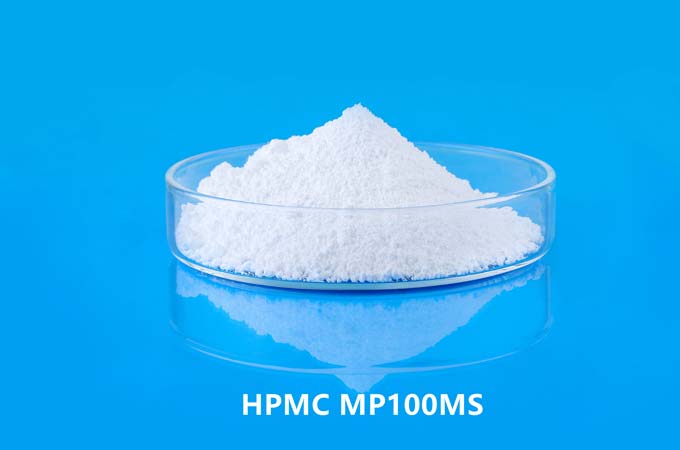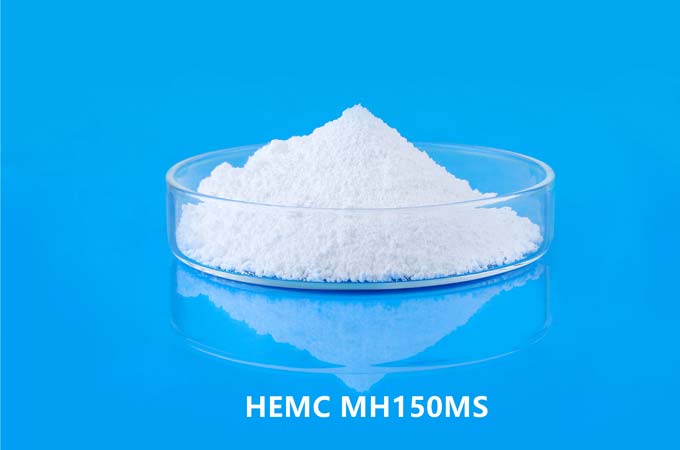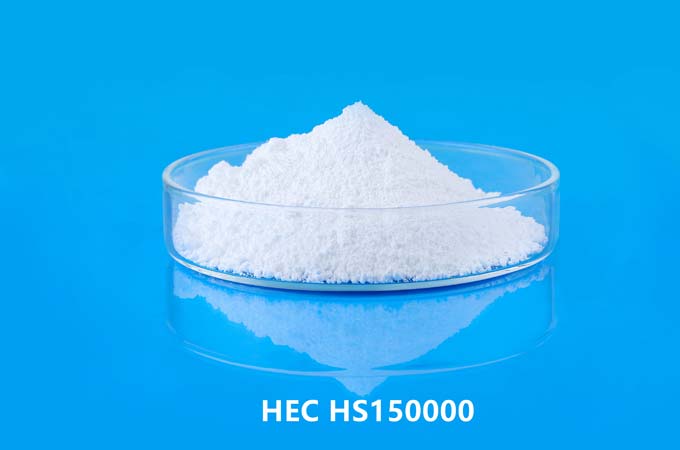Carboxymethyl cellulose (CMC) is a versatile polymer that finds extensive use in various industries, including medicine. In the medical field, CMC is primarily employed for its unique properties, which include its ability to act as a viscosity modifier, stabilizer, and film-forming agent. This compound, derived from cellulose, a natural polymer found in plant cell walls, has gained widespread acceptance due to its biocompatibility, non-toxicity, and inertness.
1. Pharmaceutical Formulations:
Carboxymethyl cellulose is frequently used as an excipient in pharmaceutical formulations. It serves various functions such as a binder, disintegrant, and stabilizer in tablet formulations. CMC is particularly useful in the production of oral solid dosage forms, including tablets and capsules. As a binder, it helps in holding the active pharmaceutical ingredient (API) and other excipients together, ensuring the integrity of the tablet. Additionally, CMC can act as a disintegrant, promoting the rapid breakup of tablets into smaller particles upon ingestion, thereby facilitating drug release and absorption. Its high viscosity also aids in controlling the release of drugs from sustained-release formulations.
2. Wound Care Products:
In wound care, carboxymethyl cellulose is utilized in various forms, including gels, creams, and dressings. Its ability to form a protective barrier over the wound surface helps in creating an optimal environment for wound healing. CMC-based wound dressings provide moisture retention, which is essential for promoting tissue repair and preventing dehydration of the wound bed. Moreover, these dressings have a high absorbent capacity, allowing them to manage exudate effectively. They also possess biocompatible and non-adherent properties, minimizing trauma during dressing changes and promoting patient comfort.
3. Ophthalmic Solutions:
Carboxymethyl cellulose is a key ingredient in ophthalmic solutions, particularly artificial tears and lubricating eye drops. These formulations are used to alleviate symptoms of dry eye syndrome, a common ocular condition characterized by insufficient tear production or poor tear quality. CMC functions as a lubricant and hydrating agent, providing relief from ocular discomfort and irritation associated with dry eyes. Its viscoelastic properties help stabilize the tear film and maintain ocular surface integrity. Additionally, CMC-based eye drops have mucoadhesive properties, prolonging contact time with the ocular surface and enhancing therapeutic efficacy.
4. Dental Applications:
In dentistry, carboxymethyl cellulose is employed in various dental products, including toothpaste, mouthwash, and dental impression materials. The thickening and stabilizing properties of carboxymethyl cellulose in toothpaste contribute to the formulation of toothpaste by improving its texture and rheological properties. It also serves as a binding agent in mouthwash formulations, ensuring uniform dispersion of active CMC ingredient and enhancing product stability. Moreover, CMC-based dental impression materials exhibit excellent flow properties, enabling accurate reproduction of dental structures with minimal distortion.
5. Controlled Drug Delivery Systems:
Carboxymethyl cellulose is utilized in the development of controlled drug delivery systems, including hydrogels, microspheres, and nanoparticles. These systems offer several advantages, such as sustained release of drugs, improved bioavailability, and targeted delivery to specific sites within the body. CMC-based hydrogels have attracted significant attention due to their high water absorption capacity and tunable drug release kinetics. These hydrogels can be loaded with therapeutic agents and implanted at the desired site for localized drug delivery over an extended period.
6. Surgical Adhesives and Sealants:
In surgical settings, carboxymethyl cellulose is incorporated into adhesives and sealants used for tissue bonding and hemostasis. CMC-based adhesives form a strong bond with tissue surfaces, effectively sealing surgical incisions and preventing leakage of bodily fluids. These adhesives are biocompatible, non-toxic, and biodegradable, making them suitable for various surgical applications. Additionally, CMC-based sealants promote hemostasis by adhering to the wound site and facilitating clot formation, thereby reducing the risk of excessive bleeding and post-operative complications.
7. Radiological Imaging:
Carboxymethyl cellulose is employed as a contrast agent in radiological imaging procedures, such as computed tomography (CT) and magnetic resonance imaging (MRI). CMC-based contrast agents enhance the visibility of anatomical structures and pathological lesions, aiding in the diagnosis and monitoring of medical conditions. These agents are administered intravenously or orally and exhibit favorable pharmacokinetic properties, including rapid distribution and elimination from the body. Moreover, CMC-based contrast agents are well-tolerated by patients and have a low risk of adverse reactions.
Carboxymethyl cellulose plays a crucial role in various medical applications, owing to its unique physicochemical properties and biocompatibility. From pharmaceutical formulations to wound care products and ophthalmic solutions, CMC finds widespread use across different branches of medicine. Its versatility, safety profile, and efficacy make it a valuable ingredient in the development of novel therapeutic agents and medical devices. As research continues to explore the potential applications of CMC in medicine, its importance in healthcare is expected to grow, further contributing to advancements in patient care and treatment outcomes.
 English
English 日本語
日本語 français
français Deutsch
Deutsch Español
Español italiano
italiano русский
русский português
português العربية
العربية Türkçe
Türkçe Nederland
Nederland



